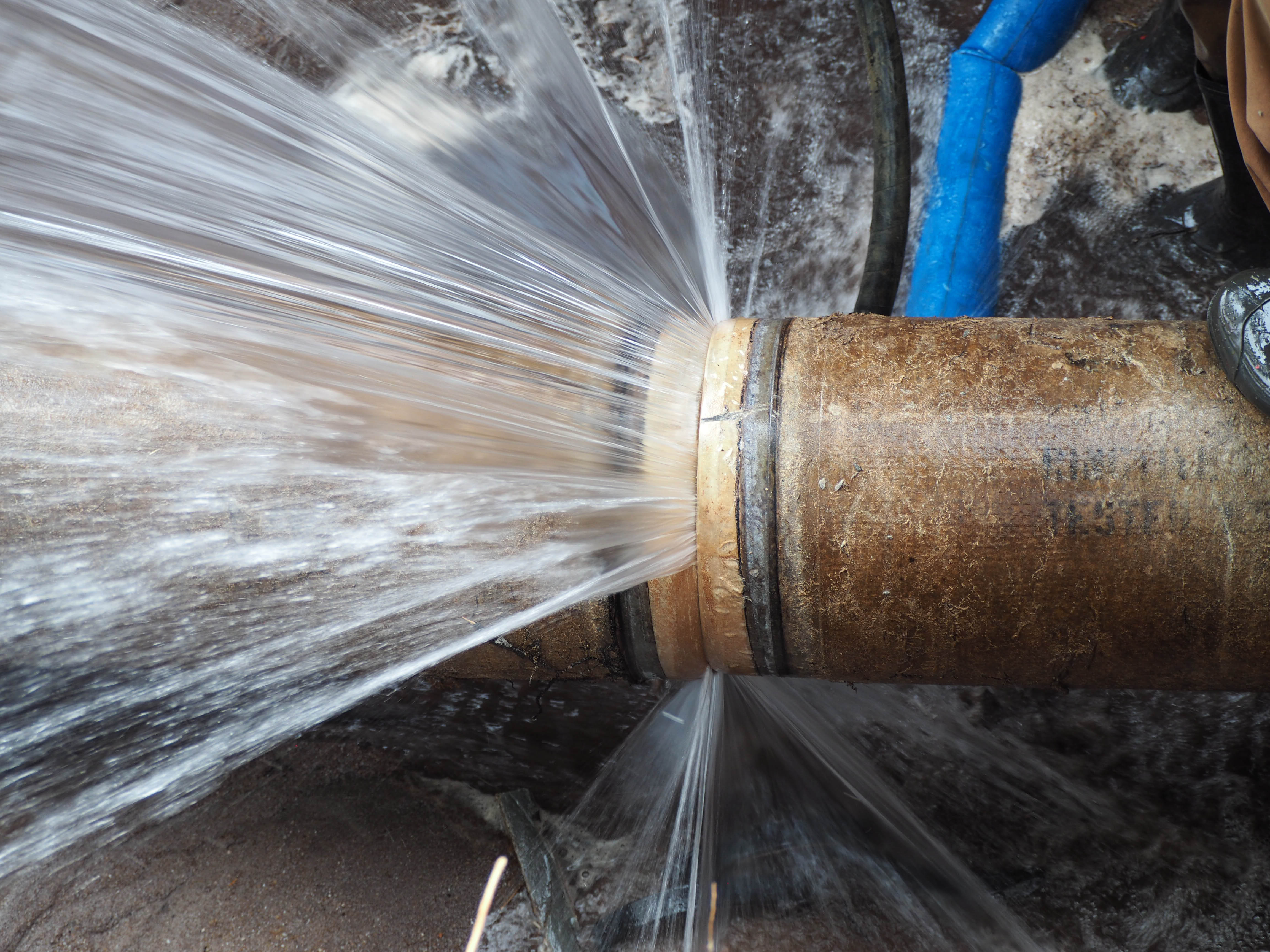Avoiding Frozen Plumbing in Cold Weather: Essential Strategies
Avoiding Frozen Plumbing in Cold Weather: Essential Strategies
Blog Article
What are your ideas regarding 6 Ways to Prevent Frozen Pipes?
.jpg)
Cold weather can ruin your pipes, especially by freezing pipes. Below's exactly how to prevent it from taking place and what to do if it does.
Intro
As temperature levels drop, the danger of frozen pipelines rises, possibly bring about expensive repairs and water damage. Recognizing exactly how to stop frozen pipelines is important for homeowners in chilly environments.
Understanding Frozen Pipelines
What causes pipes to freeze?
Pipes ice up when revealed to temperatures below 32 ° F (0 ° C) for prolonged periods. As water inside the pipes freezes, it broadens, taxing the pipeline wall surfaces and possibly creating them to break.
Threats and damages
Frozen pipelines can result in water system interruptions, home damage, and expensive repair work. Burst pipelines can flood homes and cause considerable architectural damages.
Signs of Frozen Piping
Recognizing frozen pipelines early can avoid them from breaking.
Exactly how to identify frozen pipes
Seek reduced water circulation from faucets, uncommon odors or noises from pipes, and noticeable frost on revealed pipes.
Prevention Tips
Protecting vulnerable pipes
Cover pipelines in insulation sleeves or make use of warmth tape to safeguard them from freezing temperature levels. Concentrate on pipes in unheated or outside areas of the home.
Heating techniques
Maintain indoor spaces adequately heated, especially areas with pipes. Open up closet doors to enable cozy air to flow around pipes under sinks.
Protecting Outside Plumbing
Yard tubes and outdoor faucets
Disconnect and drain garden hoses before winter. Set up frost-proof faucets or cover outdoor taps with shielded caps.
What to Do If Your Pipes Freeze
Immediate actions to take
If you presume frozen pipelines, maintain taps open up to soothe pressure as the ice thaws. Use a hairdryer or towels taken in hot water to thaw pipes gradually.
Long-Term Solutions
Structural modifications
Take into consideration rerouting pipes away from exterior wall surfaces or unheated locations. Include extra insulation to attics, basements, and crawl spaces.
Updating insulation
Buy high-quality insulation for pipes, attic rooms, and wall surfaces. Correct insulation helps maintain consistent temperature levels and reduces the risk of icy pipelines.
Final thought
Stopping frozen pipes requires aggressive measures and fast actions. By recognizing the reasons, signs, and preventive measures, home owners can secure their plumbing during winter.
Helpful Tips to Prevent Frozen Pipes this Winter
UNDERSTANDING THE BASICS: WHY PIPES FREEZE AND WHY IT’S A PROBLEM
Water freezing inside pipes is common during the winter months, but understanding why pipes freeze, and the potential problems it can cause is crucial in preventing such incidents. This section will delve into the basics of why pipes freeze and the associated problems that may arise.
THE SCIENCE BEHIND FROZEN PIPES
When water reaches freezing temperatures, it undergoes a physical transformation and solidifies into ice. This expansion of water as it freezes is the primary reason pipes can burst. As the water inside the pipe freezes, it expands, creating immense pressure on the walls. If the pressure becomes too great, the pipe can crack or rupture, leading to leaks and water damage.
FACTORS THAT CONTRIBUTE TO PIPE FREEZING
Low Temperatures: Extremely cold weather, especially below freezing, increases the risk of pipes freezing. Uninsulated or Poorly Insulated Pipes: Pipes located in unheated areas, such as basements, crawl spaces, or attics, are more prone to freezing. Insufficient insulation or lack of insulation altogether exacerbates the problem. Exterior Wall Exposure: Pipes running along exterior walls are susceptible to freezing as they encounter colder temperatures outside. Lack of Heating or Temperature Regulation: Inadequate heating or inconsistent temperature control in your home can contribute to frozen pipes. PROBLEMS CAUSED BY FROZEN PIPES
- Pipe Bursting: As mentioned earlier, the expansion of water as it freezes can cause pipes to burst, resulting in significant water damage.
- Water Damage: When pipes burst, it can lead to flooding and water damage to your property, including walls, ceilings, flooring, and personal belongings.
- Structural Damage: Prolonged exposure to water from burst pipes can compromise the structural integrity of your home, leading to costly repairs.
- Mold and Mildew Growth: Excess moisture from water damage can create a favorable environment for mold and mildew growth, posing health risks to occupants.
- Disrupted Water Supply: Frozen pipes can also result in a complete or partial loss of water supply until the issue is resolved.
WHY CERTAIN PIPES ARE MORE PRONE TO FREEZING
- Location: Pipes located in unheated or poorly insulated areas, such as basements, crawl spaces, attics, or exterior walls, are at higher risk of freezing.
- Exterior Pipes: Outdoor pipes, such as those used for irrigation or exposed plumbing, are particularly vulnerable to freezing as they are directly exposed to the elements.
- Supply Lines: Pipes that carry water from the main water supply into your home, including the main water line, are critical to protect as freezing in these lines can affect your entire plumbing system.
- Underground Pipes: Pipes buried underground, such as those connected to sprinkler systems or outdoor faucets, can be susceptible to freezing if not properly insulated.
https://busybusy.com/blog/helpful-tips-to-prevent-frozen-pipes-this-winter/

I hope you liked our article on Helpful Tips to Prevent Frozen Pipes this Winter. Thanks a ton for taking time to browse our posting. Feel free to take a moment to share this write-up if you enjoyed it. Thank you so much for taking the time to read it.
Book Your Service Report this page